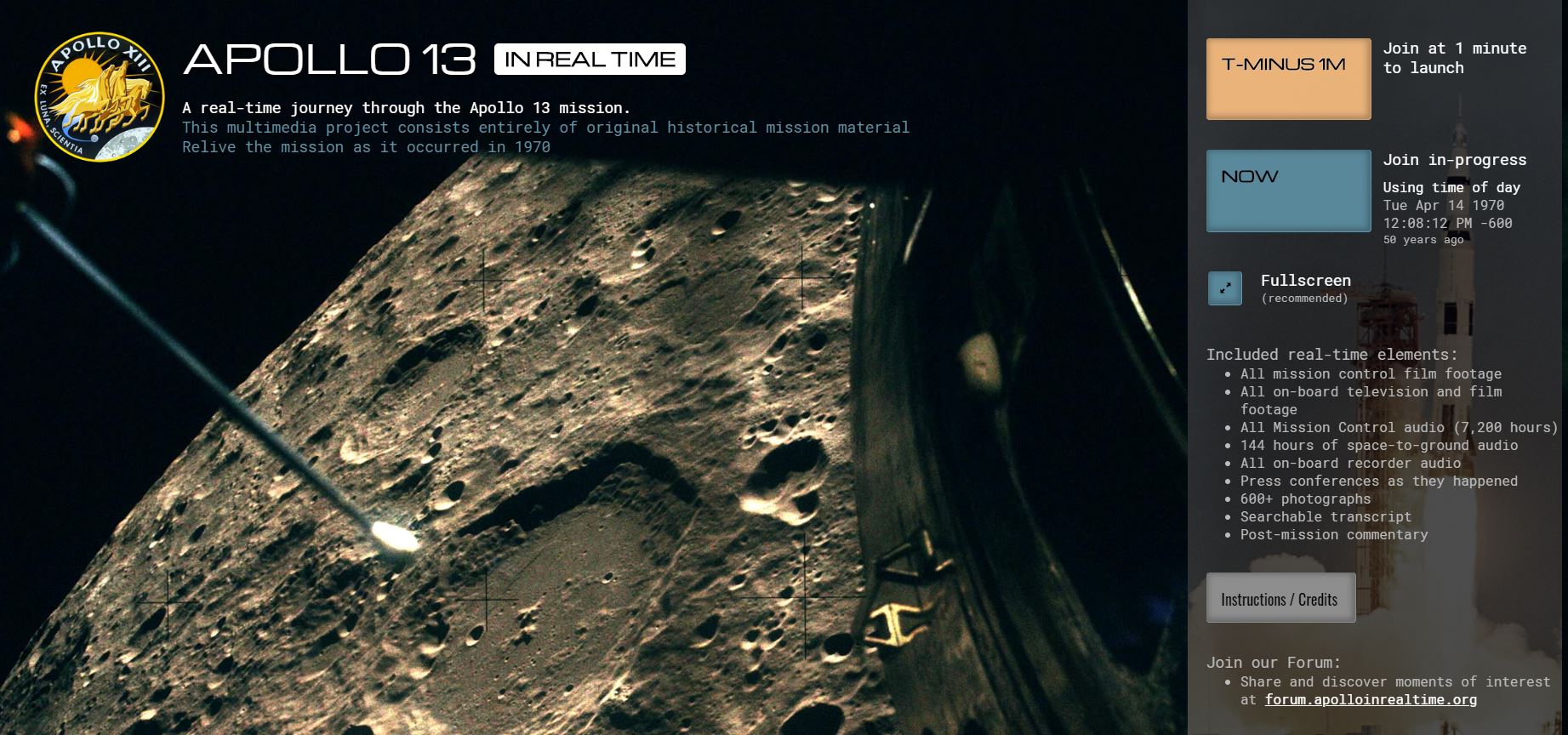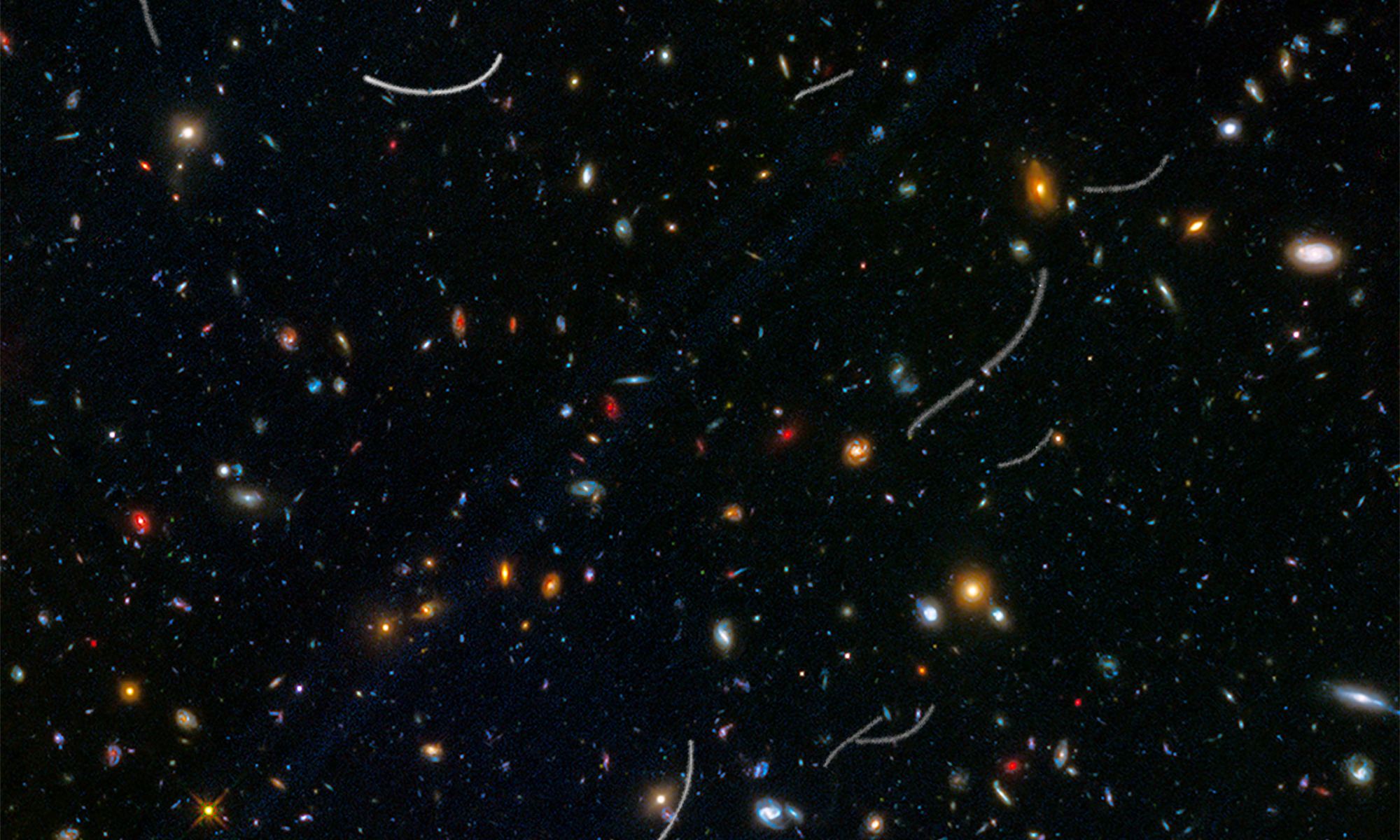On May 23, 2022, the Juno spacecraft made another close pass of Jupiter, with its suite of scientific instruments collecting data and its JunoCam visible light camera snapping photos all the while. This close pass, called a perijove, is the 42nd time the spacecraft has swung past Jupiter since Juno’s arrival in 2016.
Continue reading “Juno’s Entire 42nd Flight Past Jupiter in One Amazing Mosaic”Juno’s Entire 42nd Flight Past Jupiter in One Amazing Mosaic


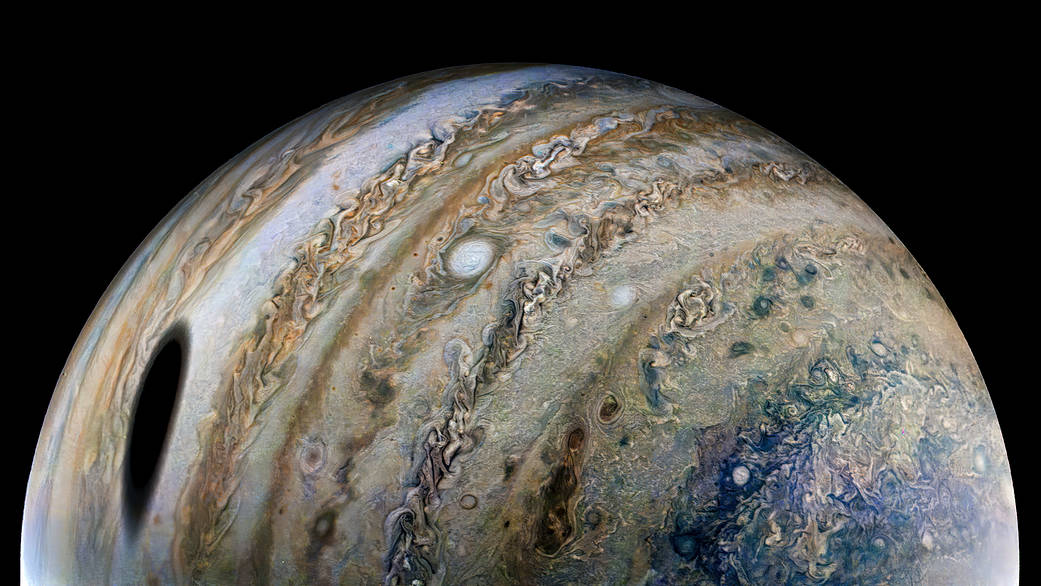
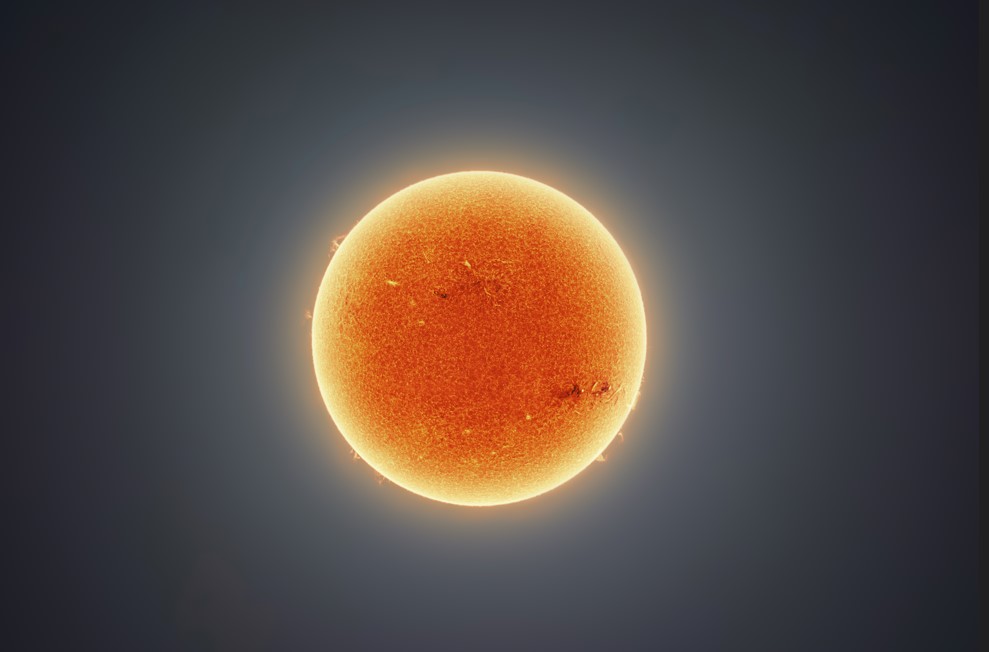
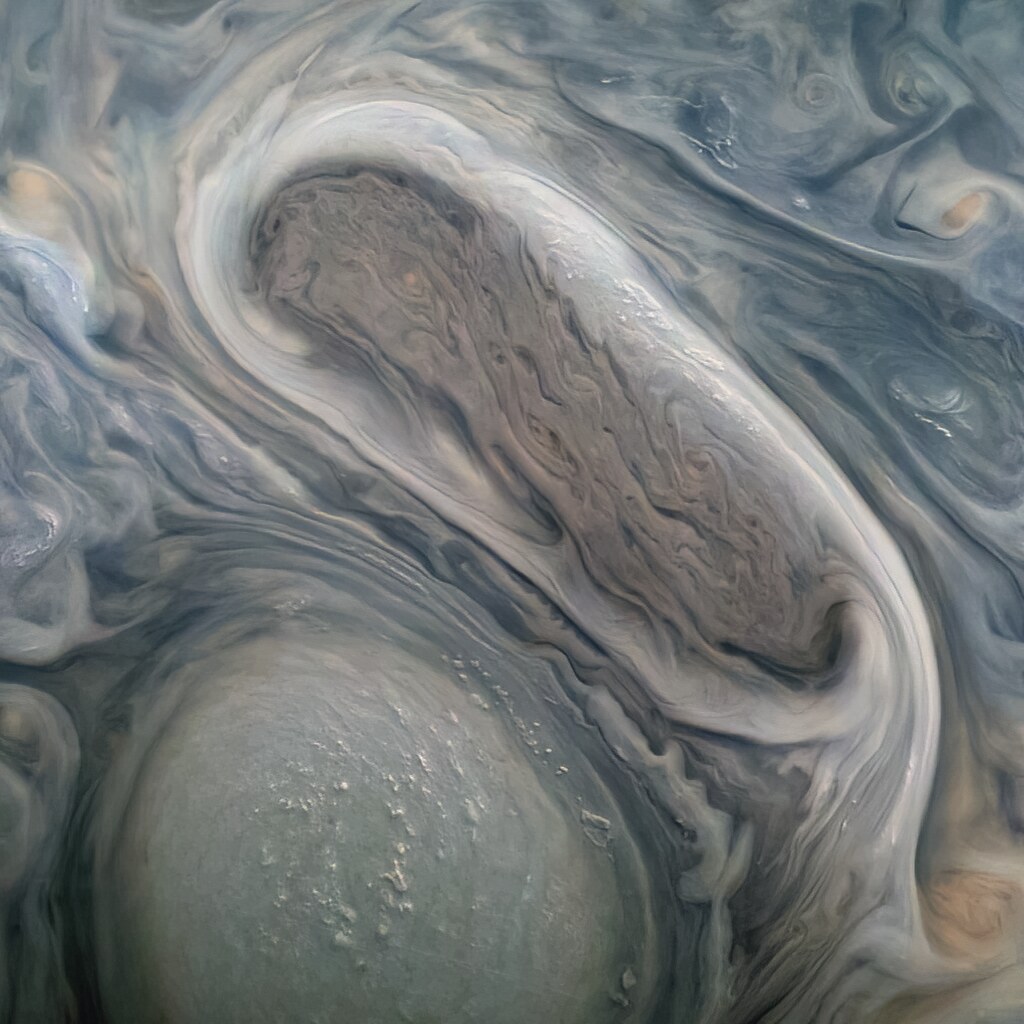
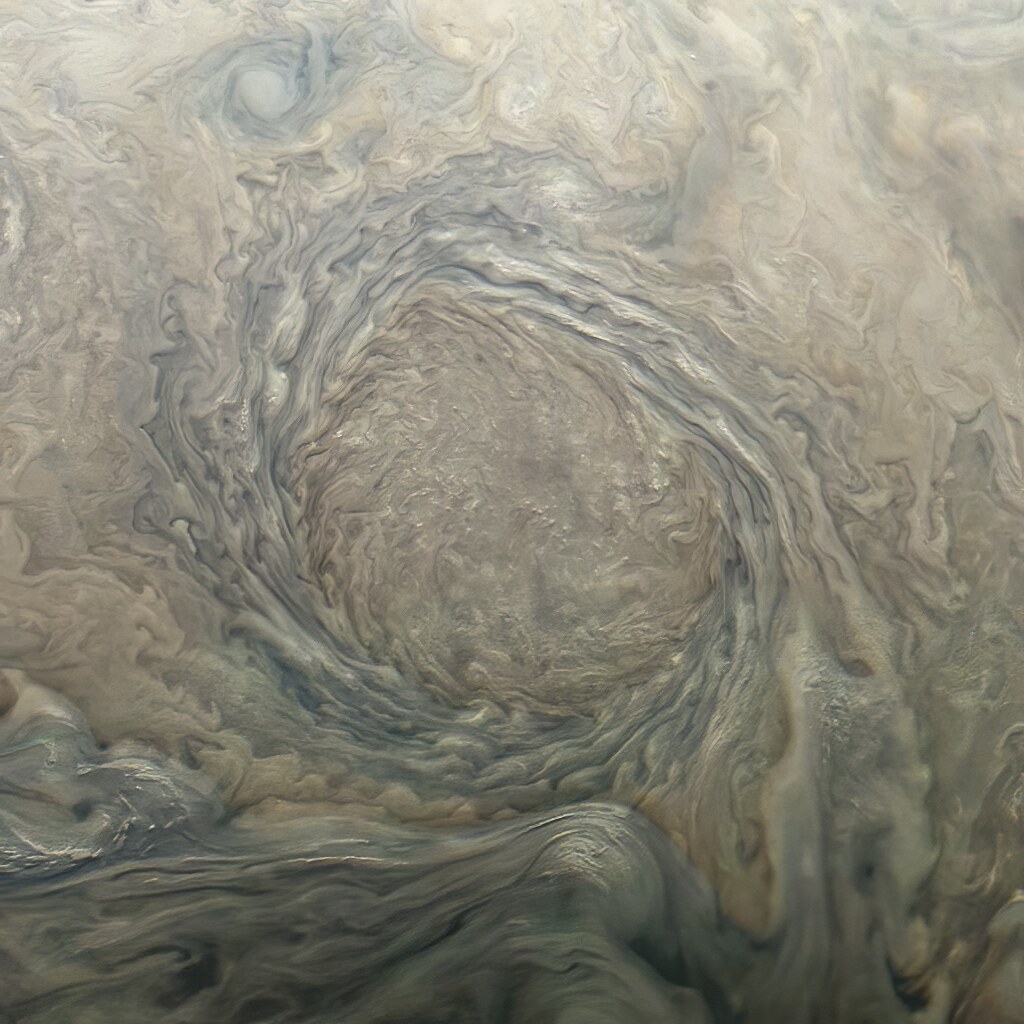
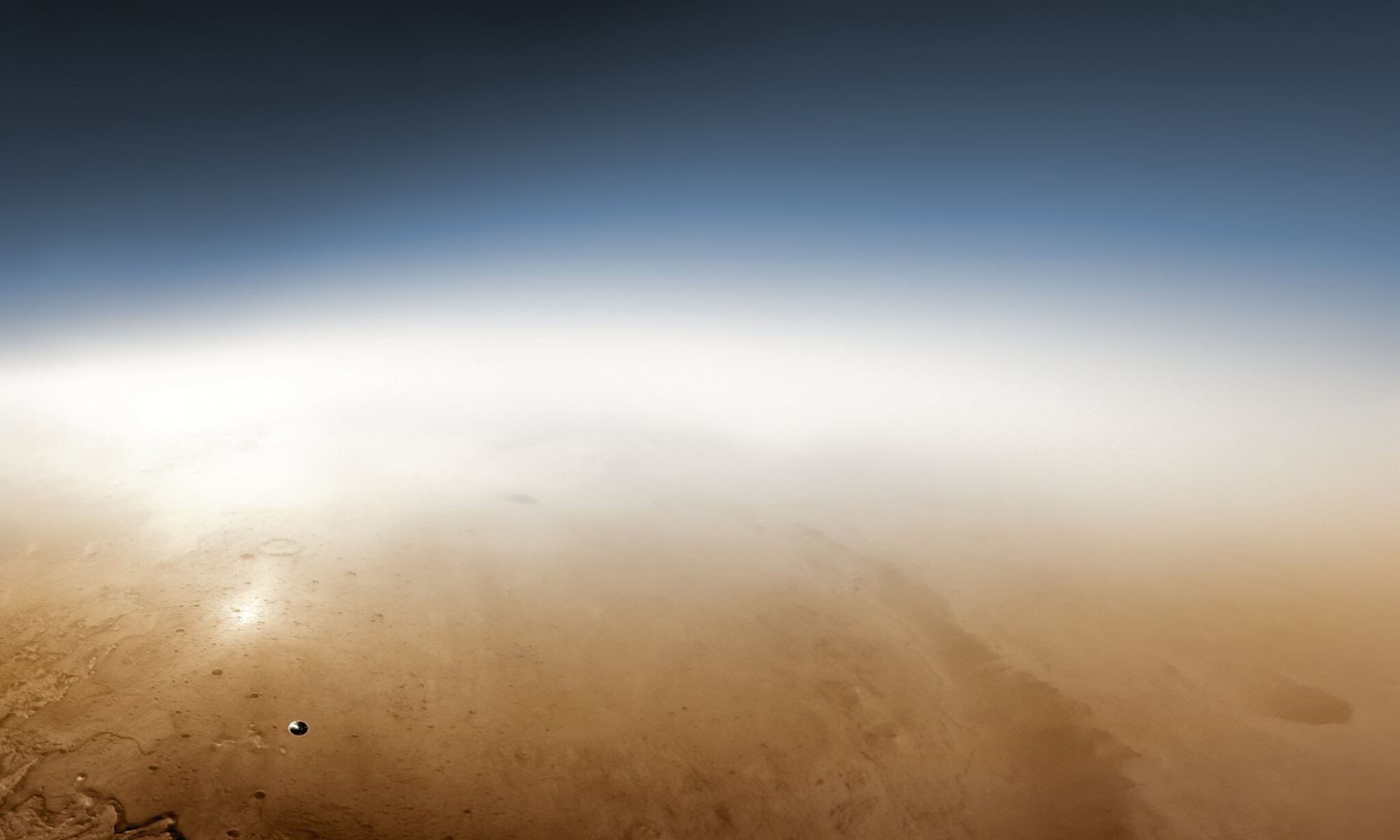
![An artist's conception of a brown dwarf. A new study identifies CK Vulpeculae as the remnant of a collison between a brown dwarf and a white dwarf. Image: By NASA/JPL-Caltech (http://planetquest.jpl.nasa.gov/image/114) [Public domain], via Wikimedia Commons](https://www.universetoday.com/wp-content/uploads/2018/10/Artist’s_conception_of_a_brown_dwarf_like_2MASSJ22282889-431026-2000x1200.jpg)
